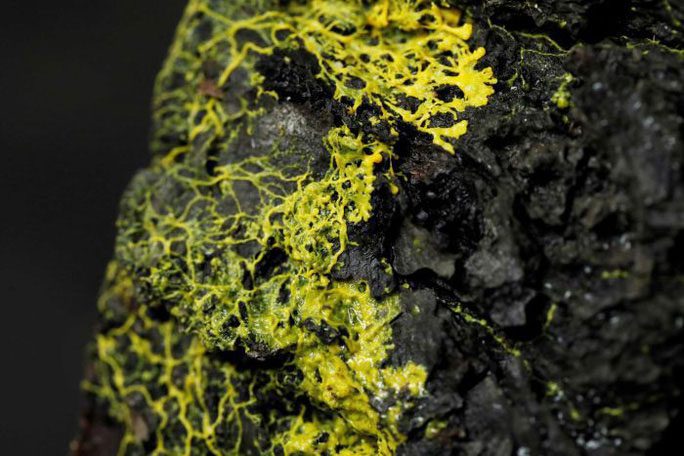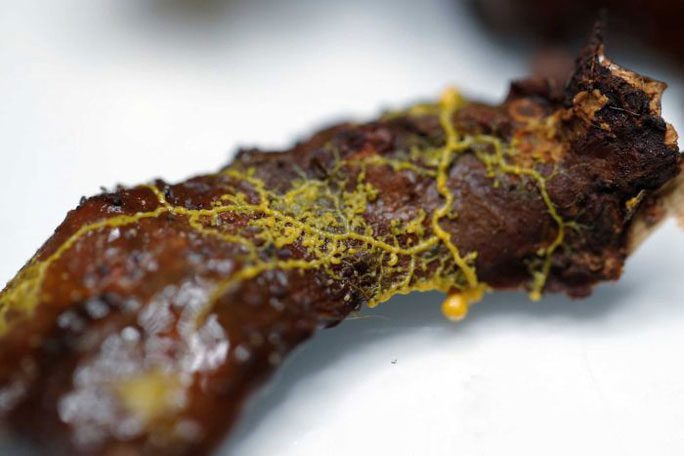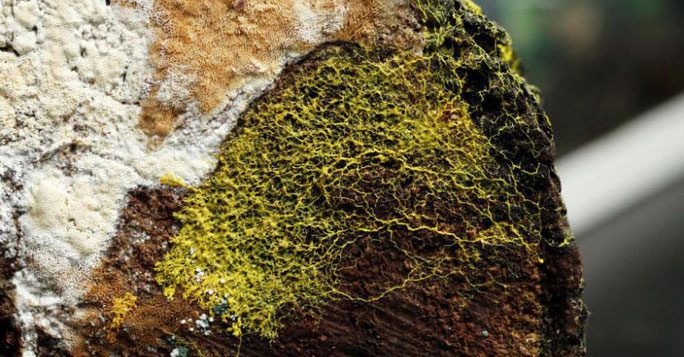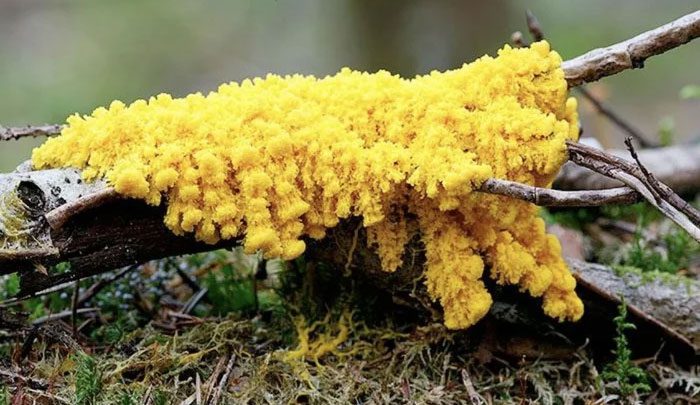This is a living organism on our planet; however, it is neither a plant nor an animal, nor is it a fungus.
Individuals identified as having a “different” gender from what society accepts have become a significant issue in our society. While the Western world is starting to embrace individuals who identify as a different gender, many places still have yet to accept this.
However, there is a creature on Earth that proves that gender is merely a social construct, it has nearly 720 genders; it can move without legs, wings, and can self-heal within 2 minutes if cut in half.
This organism is named Physarum polycephalum, and it has been identified by biologists as “a self-sustaining and developing slime,” which can multiply rapidly using energy absorbed from the atmosphere, such as moisture and sunlight.

Physarum polycephalum looks like a pile of slimy yellow goo. (Photo: Reuters).
While human sex cells have two types, this organism has sex cells with multiple genes that can form various combinations—up to 720 different combinations are possible, but scientists are still researching to identify and classify all of them.
Physarum polycephalum began appearing in biological encyclopedias in the early 19th century. This organism itself was not properly analyzed or studied until 1930 when Frank L. Howard became fascinated by how it developed and the patterns it created.
In 1931, Howard published a paper titled “The Life History of Physarum polycephalum,” which can be found in the American Journal of Botany Vol. 18.

Studies have shown that Physarum polycephalum can actually follow its own slime trails to return to food sources for future meals. This indicates that this brainless organism possesses spatial memory and problem-solving abilities. (Photo: Reuters).
Aside from the enormous number of genders, what surprised Howard was that even without a brain, the organism exhibited signs of intelligence and even learned by following different patterns. Even without eyes or ears, it is very aware of its surroundings and will retreat if it senses danger ahead.
In the 1960s, it began to be referred to as “the blob,” inspired by a 1958 science fiction film titled “The Blob”—an extraterrestrial creature that consumed everything in its path in a small town in Pennsylvania, USA.
Since then, many experiments have been conducted to better understand how the blob grows and develops.

When two or more Physarum polycephalum merge, they can share what they have learned and continue to find the most efficient path to food. Sometimes, hundreds of individual Physarum polycephalum can merge into a giant “multinucleate” organism, making decisions in a “hive mind” manner. (Photo: Reuters).
A study in 2016 showed that even a brainless organism can be smarter than most brain-containing creatures. This organism was placed in various mazes and always found its way out easily. This led scientists to view intelligence differently, suggesting that intelligence may not be directly linked to the brain, but rather something closer to the essence that gives life to everything.

In its normal state, the blob is quite still, resembling a unicellular amoeba. But when combined, they create a wider structure that can cover several square meters.
|
For Physarum polycephalum, instead of just having two types of sex chromosomes (X or Y), its gender is determined by 3 different “loci” on its chromosomes, each type containing many different alleles. This organism has up to 720 possible sex chromosome combinations. However, two Physarum polycephalum do not need to have the same gender type to mate. Therefore, it can be said that this organism is one of the greatest mysteries of nature. |




















































